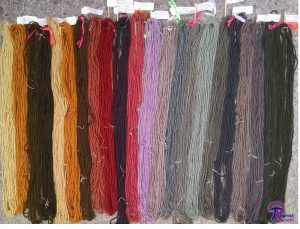These mushrooms are the mycophagist’s (fungus-eater’s) best friends. They taste great, are large enough to eat, often fruit plentifully, are easy to spot, and are unlikely to be confused with anything else (if you know what to look for). Golden Chanterelles are very popular in Europe. The European species is called the “Griole” in France, while Germans call it the “” These choice edibles can also be found in North America, where they fruit from summer through fall. Look for chanterelles near streams, in hollows, and in other tree-covered places with abundant moisture but good drainage. I recently found some in a small park in Northern Virginia, so they may be more common than you would expect!







![#011: Characteristics of Kingdom Fungi [Archived]](https://www.fungusfactfriday.com/wp-content/themes/hueman/assets/front/img/thumb-small-empty.png)

